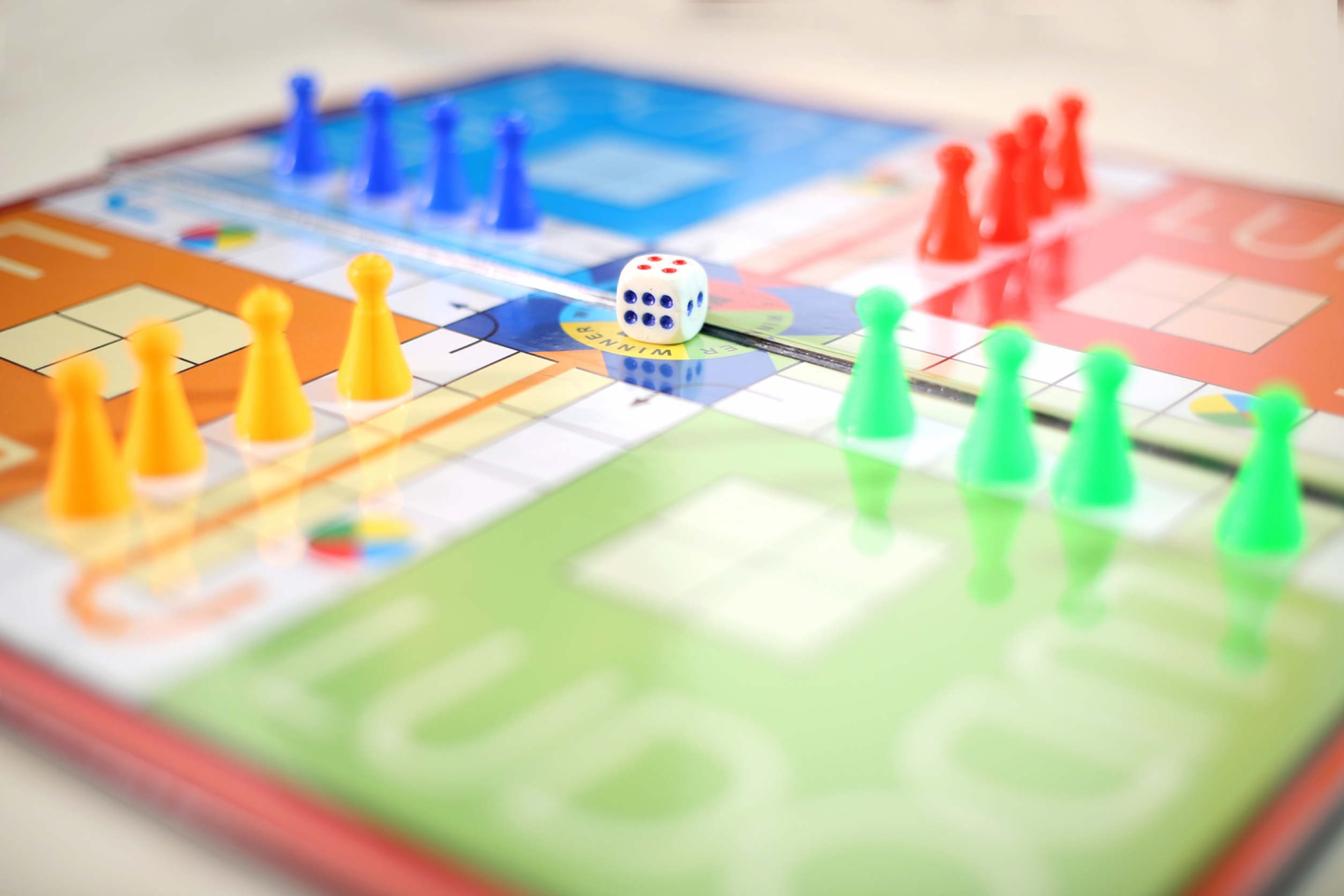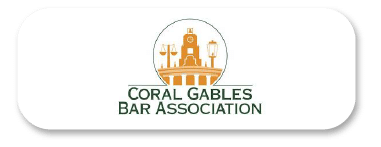Creating any game, like a board game, is a process filled with creativity and innovation. Once the idea is cemented and the game is created however, one may wonder how this invention can be protected from unauthorized use or duplication. This written piece explores the legal mechanisms that you can consider and employ to safeguard your unique ideas and to establish legal rights to your board game creation.
Copyrights: Protecting Your Artistic Expression
The use of copyrights is essential for creators in order to protect the artistic elements of any design, piece of art, or creation. For board games, copyrights serve to protect the artistic work and the artistic elements of the game. For instance the game’s design, images, text, and color combinations. An interesting aspect about copyrights is that they are automatically granted upon the creation of an original and tangible artistic piece.
Thus, upon creating your unique art piece or board game, you would own the copyright to it even if you do not register it. However, when you create an original artistic expression and you fix it in a tangible medium, you should consider registering your copyrights to obtain optimal protection. Here is how:
- Registration Process: You can register your copyrights with the U.S. Copyright Office in order to enhance your ability to enforce your rights over your game’s artistic expressions and claim statutory damages in case of your board game’s infringement.
- Scope of Protection: A copyright protects the expression of the ideas of the board game, such as the artwork it contains and the written rules. The game mechanics, however, are not protected by a copyright, and must be protected separately, most prominently by a patent.
Trademarks: Protecting the Branding to Your Game
Under trademark law, you can protect the names, symbols, logos, and slogans that become the identity to your board game. For instance, the name “Monopoly” and the game’s logo are protected by trademarks as the name and logo are used to identify the specific board game they represent. For your board game, you could consider registering your game’s name, any symbols that represent the game, and even distinctive phrases that are part of the game.
- Registration Process: Trademark registrations are made with the U.S. Patent and Trademark Office (USPTO). This allows for nationwide protection to prevent your trademarked content’s use as well as the use of similar symbols which could lead to confusion.
- Maintenance: In order to maintain and enforce your trademark rights you should use the trademarked content in commerce continuously. Also you should monitor your trademarked content frequently to check for any potential infringements.
Patents: Protecting Your Game’s Mechanism
If you wish to sell or license your board game, you should protect it with a patent. Patents can provide robust protection for the unique and functional aspects of your board game. Firstly, the game must be new, unique, and encompass a non-obvious mechanism, a distinctive set of rules, and it should be useful. This signifies that you must have invented the game as a novelty, it cannot already exist, it should not be obvious to the general public, and the invention should have a use.
You should ask yourself, “Has this game existed before in some fashion?” If it has not, then the game is likely patentable. Therefore, if your board game meets the aforementioned requirements, you could obtain a design patent, a utility patent, or both.
- Design Patent: To protect the shape and form of objects in the game, such as game pieces, or to protect the layout of the game, such as the board, you should obtain a design patent. Thus, if your invention pertains to the unique look of the design, or the uniqueness of its pieces and components, you should consider a design patent.
- Utility Patent: To protect the unique idea of the game, how the game functions, and the method of play, you should obtain a utility patent. Thus, if your game includes novel and useful processes, a machine or device within the game, or a unique composition of the game’s mechanism–such as the method of play–you may qualify for a utility patent.
- Provisional Application: In order to secure an early filing date for your game’s patents, you should consider filing a provisional patent application while finalizing your game.
- Application: Prior to applying for a patent, make sure to conduct a thorough search to ensure your game or its mechanisms are truly novel. You can achieve this by using the USPTO patent database or by hiring a patent attorney to perform your search. Next, you will have to prepare detailed descriptions and clear drawings of the game and its components. If applying for a design patent, you should focus on the game’s visual aspects. If applying for a utility patent, you must describe how the game is played, its rules, and the methodology that it entails. Further, you can make specific claims in the patent application as these will define the legal protection that the patent will provide. Finally, you should file the application by submitting all of the contents described above with the USPTO. This can be achieved by submitting the application through the USPTO’s online Electronic Filing System (EFS-Web) and by paying the official filing fee.
Protecting a board game can be a complex process which necessitates a comprehensive understanding of all of the legal components and tools at your disposal to safeguard your novel creation. Although this article may have provided you with a surface-level understanding, do not hesitate to contact an experienced attorney at EPGD Business Law to help you in this process and to ensure that you achieve the needed copyrights, trademarks, and patents to ensure your intellectual property is well protected. The team at EPGD Business Law can pave the way for your board game’s success in today’s competitive and globalized market.
EPGD Business Law is located in beautiful Coral Gables, FL. Call us at (786) 837-6787, or contact us through the website to schedule a consultation.








